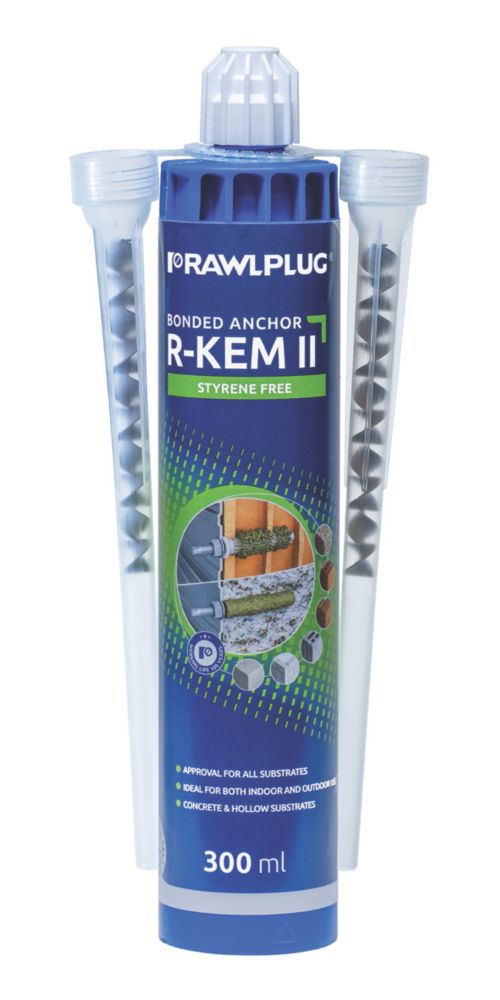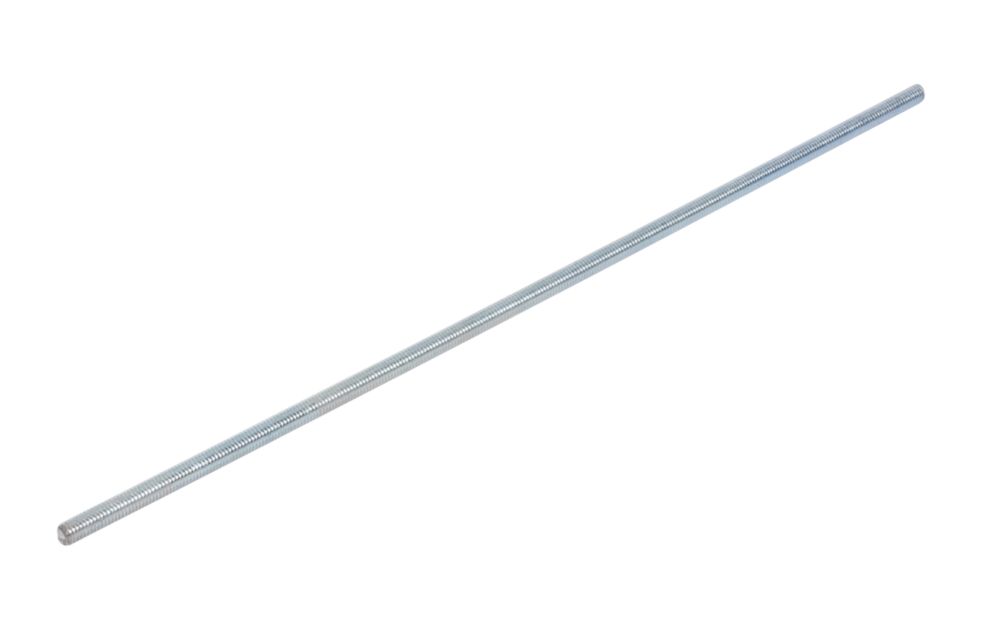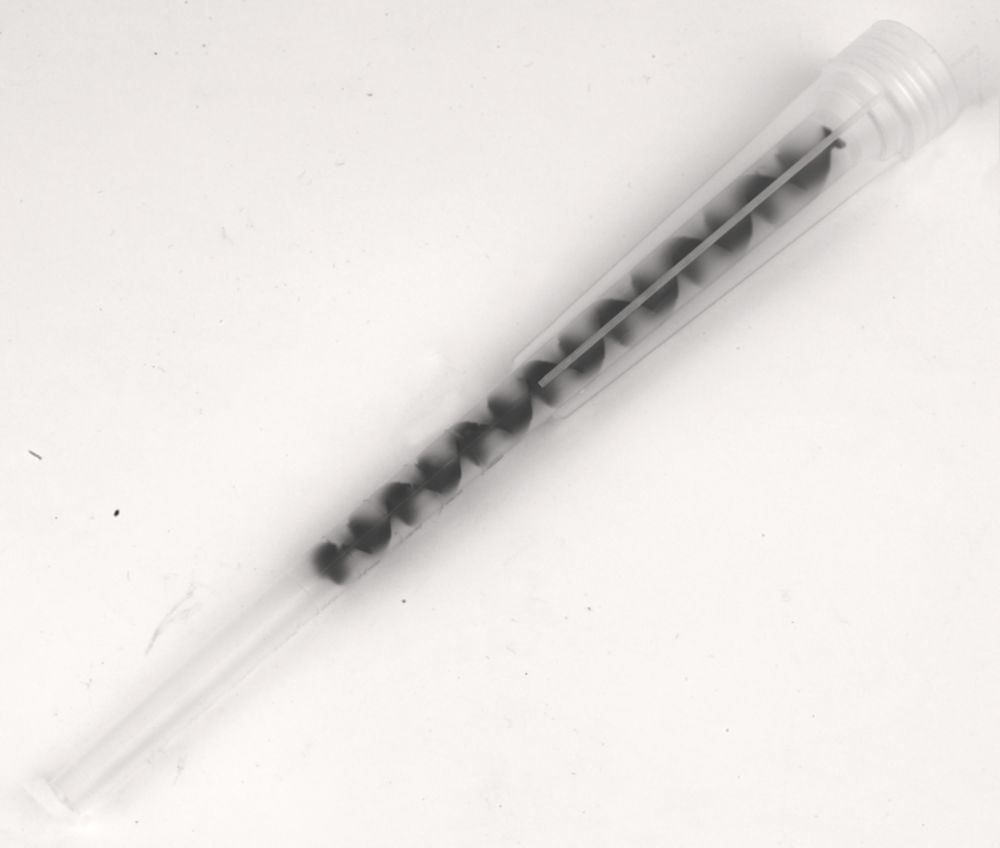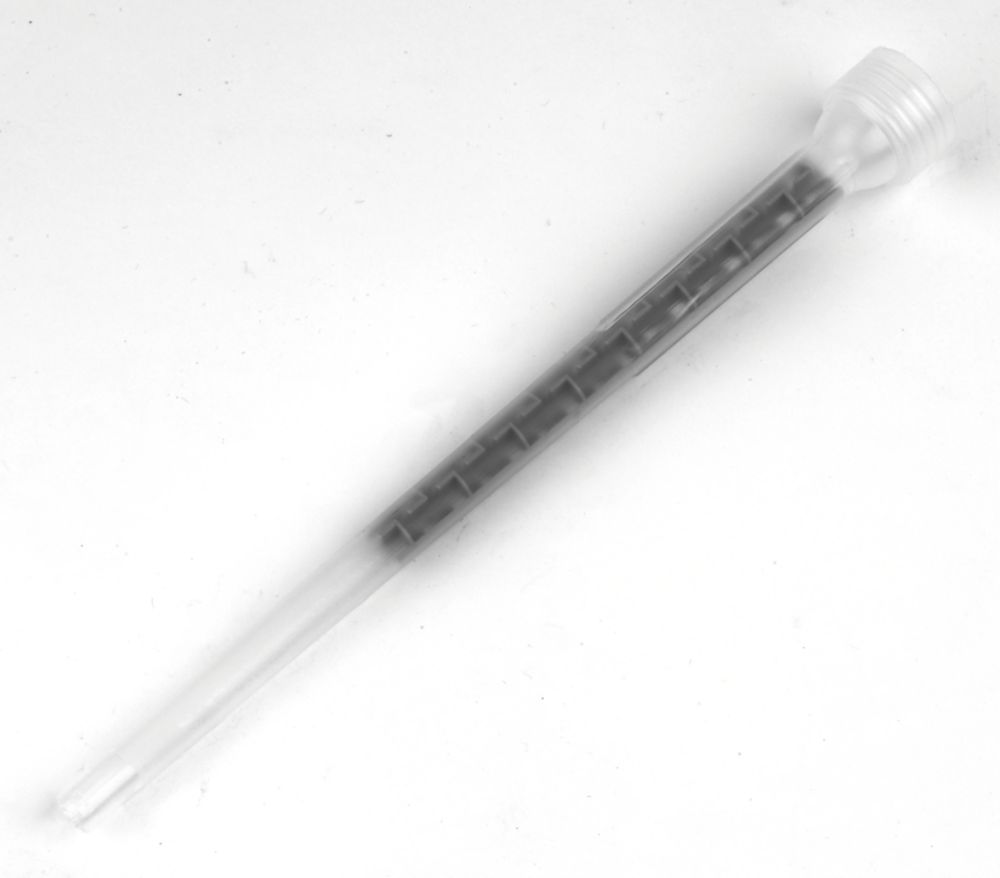You are using an out of date browser. It may not display this or other websites correctly.
You should upgrade or use an alternative browser.
You should upgrade or use an alternative browser.
Screwing into exterior insulation
- Thread starter FishAreFriends
- Start date
Why do you think that?It will be difficult to get resin into a hole in the brickwork, through 120mm of insulation.
- Joined
- 7 Jun 2023
- Messages
- 8
- Reaction score
- 0
- Country

I haven't yet, that's why I'm here, I've never had this type of external insulation to worry about.How do you plan to do it?
Sure but that doesn't overcome the actual problem, which is that there's 120mm of (relatively) soft insulation between his proposed timber batten and the solid surface of the wall. Even if you could get the resin through the insulation into the masonry.Resin and threaded rods. I recently used
to fix
Rawlplug R-KEM II Styrene-Free Polyester Resin 300ml - Screwfix
Order online at Screwfix.com. Low odour bonded anchor suitable for solid and hollow substrates. Suitable for repetitive use in confined spaces and can be used in water-filled holes (except sea water). For use with standard silicone gun. Supplied with 2 x nozzles. FREE next day delivery...www.screwfix.com
to my walls.
Easyfix BZP Steel Threaded Rods M6 x 300mm 5 Pack - Screwfix
Order online at Screwfix.com. Steel. BZP. FREE next day delivery available, free collection in 1 minute.www.screwfix.com
You can get threaded in thicker diameter if you need a stronger support.
That tube of resin was enough to fix four threaded rods, two other things I needed to fix in a wall, to fill a few holes I saw and there was some (fifth of the tube?) left over.
I think I'd be inclined to dig out some holes in the insulation and use a block of timber as a spacer, then foam up around the spacer and finish with some sealant. If you're clever you can ensure the holes you make in the render are smaller than the new batten, so it would all be hidden afterwards.
Last edited:
If we're talking about the staandard retrofit external insulation it's around 120mm thick, I can't see how those corefix fixings could ever work.
Thanks I didn't know that.
I was thinking of the stuff that I have recently seen being applied in west london. That stuff looks looks like is is about 20mm.
Perhaps the OP needs to drill a small hole to find out.
I have used these in the past to get through cladding. https://www.toolstation.com/forgefast-construction-screw/p48663
Why do you think that?
I think @JohnD is making a reference to the length of the nozzle.
Assuming that you drill 70mm in to the blockwork and have 110mm insulation, you would need a nozzle that is at least 200mm long. At a guess I would say that the standard nozzle is only about 140-150mm long
Drill (cut?) hole through insulation, drill hole in brickwork, clean out hole in brickwork, insert nozzle and pump resin into hole. Doesn't sound hard to me.which is that there's 120mm of (relatively) soft insulation between his proposed timber batten and the solid surface of the wall. Even if you could get the resin through the insulation into the masonry.
You would guess wrong.At a guess I would say that the standard nozzle is only about 140-150mm long
They say they are 215mm

Rawlplug Mixer Nozzles 215mm 10 Pack - Screwfix
Order online at Screwfix.com. Additional mixer nozzles to be used with R KER II. For use in a wide range of fastening applications in concrete and solid masonry structures. FREE next day delivery available, free collection in 1 minute.

Rawlplug Mixer Nozzles 250mm 10 Pack - Screwfix
Order online at Screwfix.com. Additional mixer nozzles to be used with R KER II. For use in a wide range of fastening applications in concrete and solid masonry structures. FREE next day delivery available, free collection in 1 minute.
The hole in the brickwork is only 2mm wider than the rod so you don't need a massive amount of resin, hence the nozzle does not need to start at the back of that hole.
Sure but as mentioned yet again the problem the OP is facing is achieving a solid fixing at the outer face of the insulation not how you fix into the masonry.Drill (cut?) hole through insulation, drill hole in brickwork, clean out hole in brickwork, insert nozzle and pump resin into hole. Doesn't sound hard to me.
You would guess wrong.Look at the picture, it is almost as long as the cartridge, unlike, say, a mastic nozzle.
They say they are 215mm
which is true to the very end of the nozzle, but they also sell 250mm ones
Rawlplug Mixer Nozzles 215mm 10 Pack - Screwfix
Order online at Screwfix.com. Additional mixer nozzles to be used with R KER II. For use in a wide range of fastening applications in concrete and solid masonry structures. FREE next day delivery available, free collection in 1 minute.www.screwfix.com

Rawlplug Mixer Nozzles 250mm 10 Pack - Screwfix
Order online at Screwfix.com. Additional mixer nozzles to be used with R KER II. For use in a wide range of fastening applications in concrete and solid masonry structures. FREE next day delivery available, free collection in 1 minute.www.screwfix.com
The hole in the brickwork is only 2mm wider than the rod so you don't need a massive amount of resin, hence the nozzle does not need to start at the back of that hole.
You would guess wrong.Look at the picture, it is almost as long as the cartridge, unlike, say, a mastic nozzle.
They say they are 215mm
which is true to the very end of the nozzle, but they also sell 250mm ones
Rawlplug Mixer Nozzles 215mm 10 Pack - Screwfix
Order online at Screwfix.com. Additional mixer nozzles to be used with R KER II. For use in a wide range of fastening applications in concrete and solid masonry structures. FREE next day delivery available, free collection in 1 minute.www.screwfix.com

Rawlplug Mixer Nozzles 250mm 10 Pack - Screwfix
Order online at Screwfix.com. Additional mixer nozzles to be used with R KER II. For use in a wide range of fastening applications in concrete and solid masonry structures. FREE next day delivery available, free collection in 1 minute.www.screwfix.com
The hole in the brickwork is only 2mm wider than the rod so you don't need a massive amount of resin, hence the nozzle does not need to start at the back of that hole.
Fair play.
I guess I should have Googled the dimensions first.
BTW, thanks for the link to the longer nozzles. From time to time I have to drill helifix bars in to external masonry fittings, the longer nozzles will be useful.
I don't understand what point you are trying to make.Sure but as mentioned yet again the problem the OP is facing is achieving a solid fixing at the outer face of the insulation not how you fix into the masonry.
I can't see how you will ever get a solid fixing with anything attached to the face of the insulation, only with something attached to the masonry. Hence @opps suggested using Corefix.
If you have to attach to the masonry (and I can't see any alternative to that) and there is c. 120mm of insulation that whatever method is used has to involve something well over 120mm long, partly in the masonry and partly above the surface of the insulation.
AFAIUI that is exactly what you suggested

Screwing into exterior insulation
It will be difficult to get resin into a hole in the brickwork, through 120mm of insulation.
 www.diynot.com
www.diynot.com
You have to use a solid spacer that ensures his batten cannot flex, anything fixed to long studs alone will flex, hence the need for a solid spacer.I don't understand what point you are trying to make.
I can't see how you will ever get a solid fixing with anything attached to the face of the insulation.
Well any batten will flex to some amount and I don't see why a few bits of wood will be significantly more rigid than the same number of steel rods.You have to use a solid spacer that ensures his batten cannot flex, anything fixed to long studs alone will flex, hence the need for a solid spacer.
I have given the OP an option, it is up to him what he does.
- Joined
- 26 Aug 2016
- Messages
- 6,830
- Reaction score
- 1,009
- Country

triangulation. the steel has alot of bending moment especilly at the face of the brickwork, whereas the block of wood will spread that across the surrounding area.aWell any batten will flex to some amount and I don't see why a few bits of wood will be significantly more rigid than the same number of steel rods.
I have given the OP an option, it is up to him what he does.
Wood itself is not as strong but the shape of the support is important.
DIYnot Local
Staff member
If you need to find a tradesperson to get your job done, please try our local search below, or if you are doing it yourself you can find suppliers local to you.
Select the supplier or trade you require, enter your location to begin your search.
Please select a service and enter a location to continue...
Are you a trade or supplier? You can create your listing free at DIYnot Local
Similar threads
- Replies
- 8
- Views
- 4K
D
